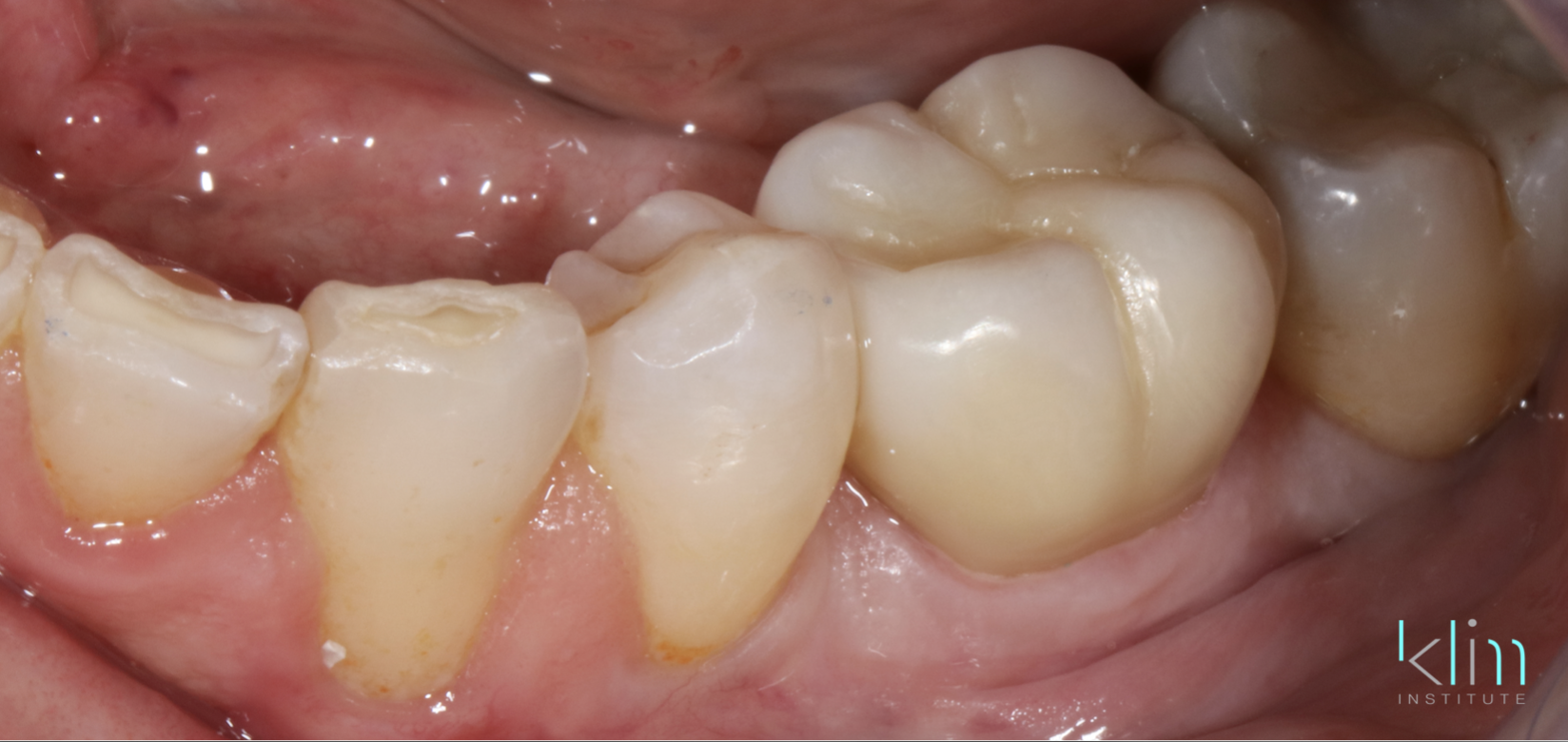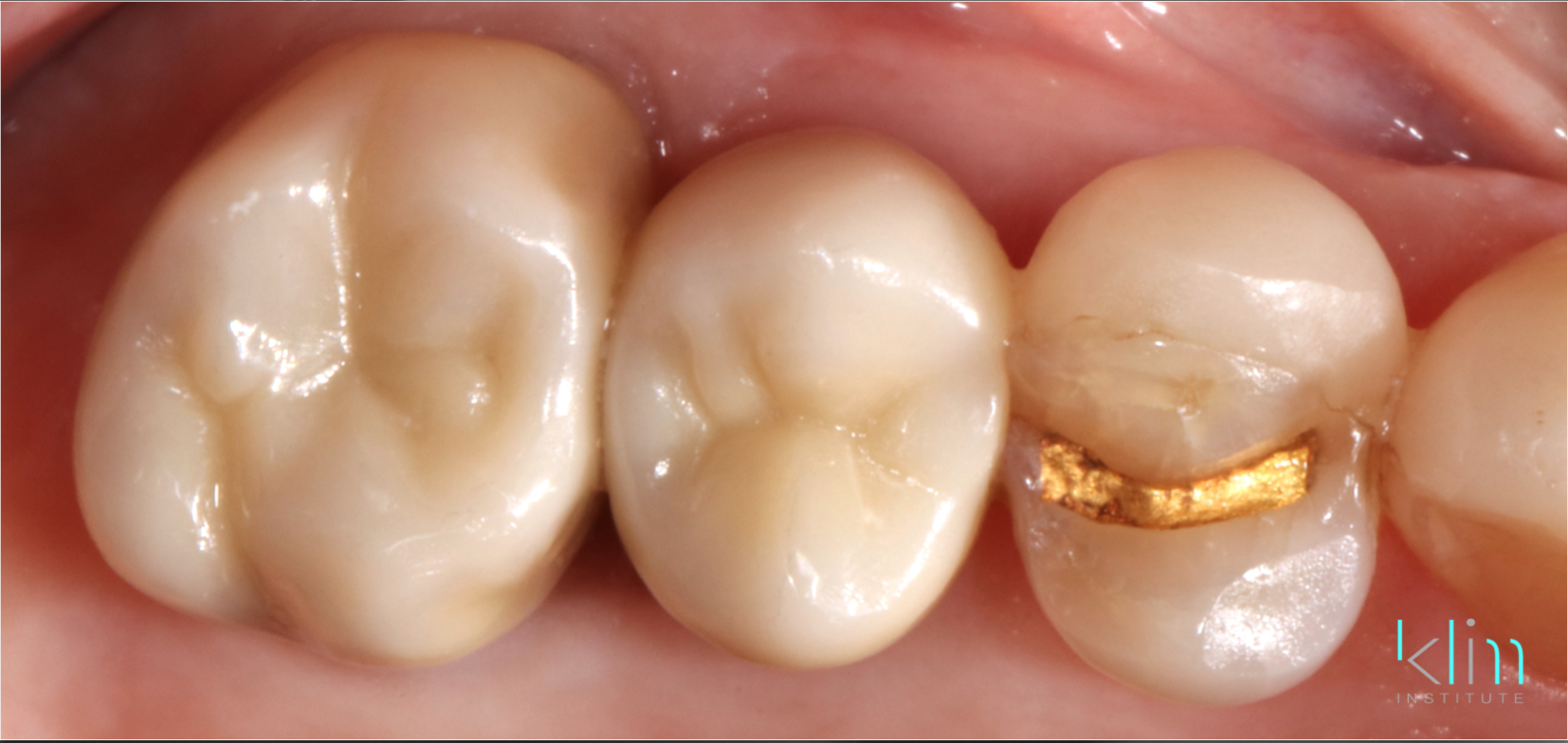Chairside zirconia restoration...getting better every month. ZirCAD LT, multi infiltration effect, and polished. Chairside zirconia provides a complete portfolio for restoring posterior teeth.
I do appreciate the all-zirconia restorations and provide quite a number of them as a treatment option in my clinical theater. The primary benefit of the all zirconia restoration for me is the conservative crown prep and biomechanical “muscle” material behavior. In the next year, we will find an abundance of new brands and translucency options being introduced to the market. We will need to decipher recommended prep style and reduction demands for each brand (strength).
The prep reduction metrics will be determined by brand and strength. They are not all the same. For instance, the ZirCAD LT recommends 0.6 minimal thickness whereas the ZirCAD MT (more aesthetic) will require a 1.0 mm minimal thickness for a posterior crown. The Katana Zirconia STML (very aesthetic zirconia) multiblock will demand a 1.0mm minimal thickness for a posterior crown. Regardless, zirconia will be a great treatment option in our clinical theaters.
There is a process zirconia (1000 + MPa) goes through called transformational toughening when it is mechanically traumatized. When a zirconia surface defects, traditional zirconia expands (~2-4%) plus a change in density occurs due to changes in the zirconia’s crystal structure. The crystal structure changes from tetragonal to monoclinic and stops the crack propagation. This zirconia characteristic is called transformation toughening.
As quoted from CR July 2016, “The current changes in formulation that results in more enamel-like appearance (translucence and internal color), have not only lowered flexural strength from 1000+ to ~650 MPa, but also have all but eliminated the unique transformation toughening that gives zirconia its highly desirable toughness and resistance to fracture”
What the dental professional needs to consider is that not all flexural strength metrics are a success determinant when comparing different type of materials (e.max vs zirconia). The particular crystal structure for each material and brand needs to be considered. This is the primary reason for understanding preparation protocols and application options for each zirconia brand and translucency manufacturing formula.


